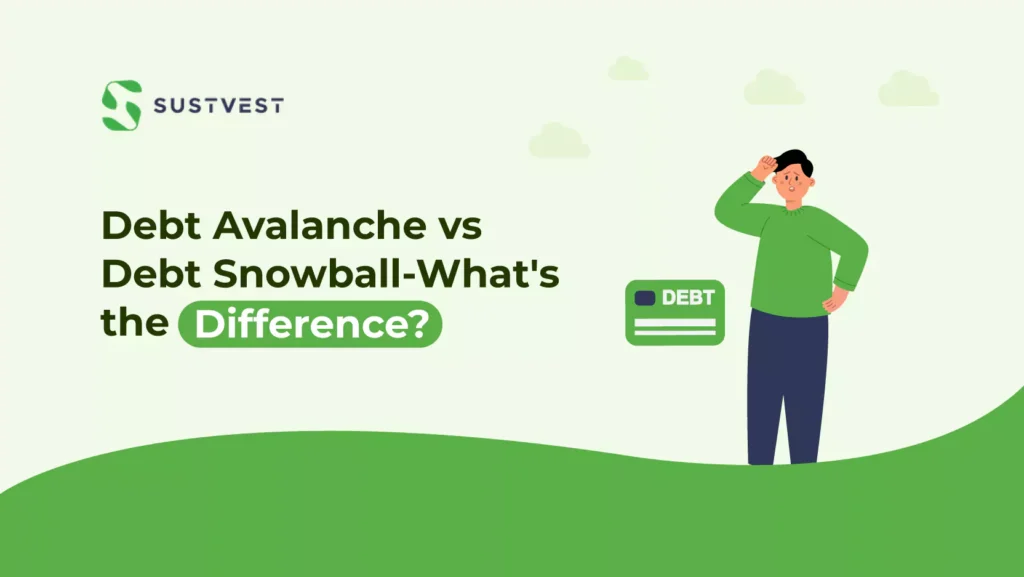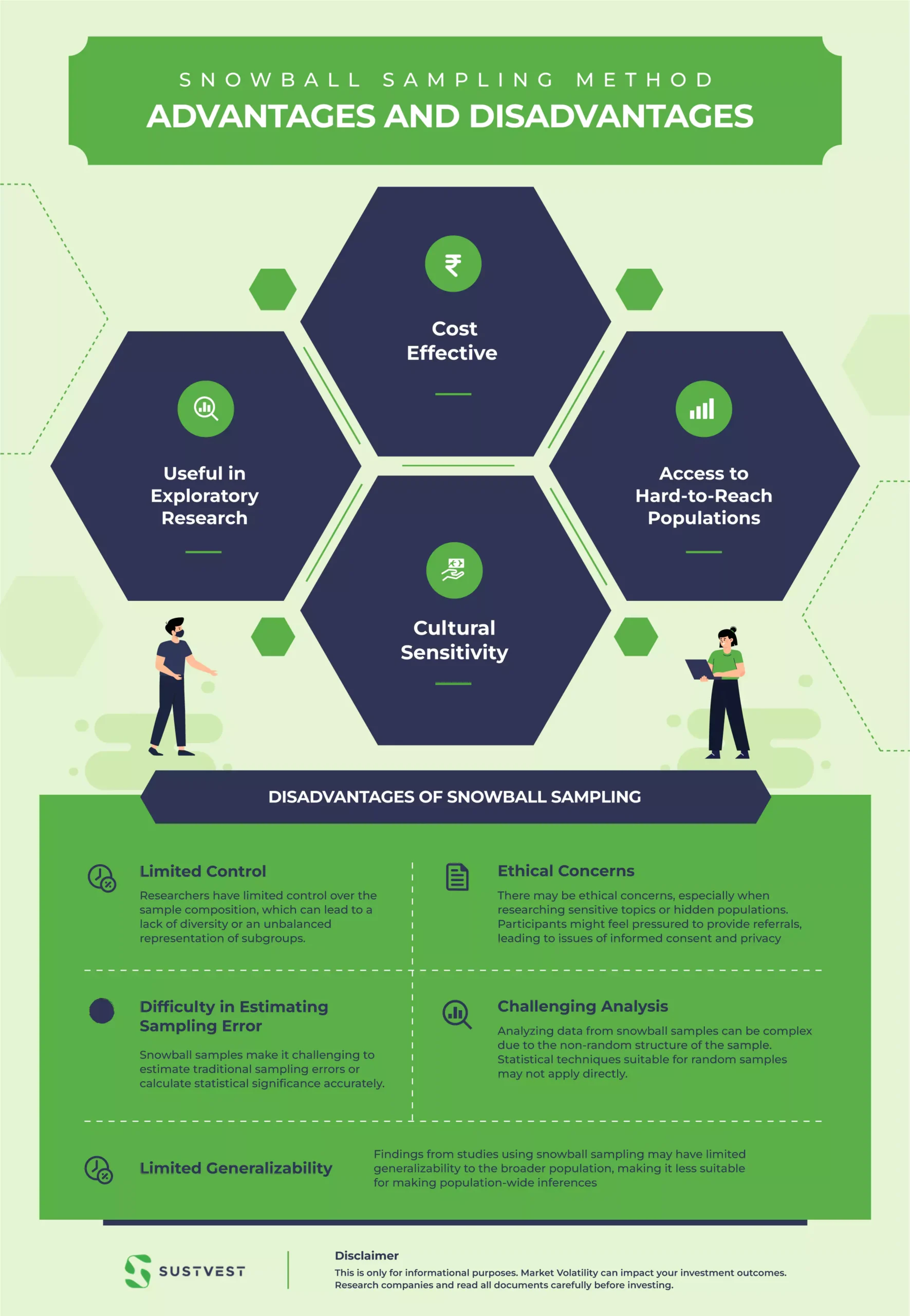Navigating the realm of debt can be a daunting endeavor, but fret not, for there exist effective strategies to help you regain command over your financial domain. Two prevalent methods for confronting debt head-on are the “Debt Avalanche” vs. the “Debt Snowball.” In this handbook, we will embark on an exploration of the pivotal distinctions between these two debt liquidation strategies. Our aim is to equip you with the insights necessary to discern the one that harmonizes most seamlessly with your financial aspirations.
In the contemporary landscape, the management of debt is a widespread challenge faced by myriad individuals and households. Whether it manifests as credit card indebtedness, student loans, or other financial encumbrances, debt has the potential to cast a shadow over your financial equilibrium and inner serenity. The silver lining is that there exist tried-and-true methods for conquering debt and paving the path toward financial liberation.
Within this guide, we shall embark on an exploration of two prominent debt repayment strategies: the Debt Avalanche vs. Debt Snowball. Both methodologies possess their unique merits and are widely embraced by individuals on a quest to vanquish debt. By the conclusion of this discourse, you will possess a comprehensive grasp of these approaches, their disparities, and the variables to contemplate when selecting the one that aligns most harmoniously with your financial objectives.

The Debt Avalanche Method – Crushing High-Interest Debt
What is the Debt Avalanche Method?
The Debt Avalanche Method is a strategic approach to debt repayment that places a premium on addressing high-interest debts as a top priority. Here’s how this method operates:
- List Your Debts: Commencing the Debt Avalanche method necessitates the creation of a comprehensive inventory encompassing all your outstanding debts. This should encompass credit card balances, personal loans, medical bills, and any other financial obligations in your portfolio.
- Order by Interest Rate: After compiling your debt roster, the next step involves arranging these debts in a descending order predicated on their respective interest rates. The debt carrying the highest interest rate will claim the top spot on your list, while the one with the lowest interest rate will occupy the bottom rung.
- Pay Minimums and Extra: Ensure that you diligently meet the minimum monthly payments for all your debts. Any additional funds you have should be directed toward paying off the debt with the highest interest rate. This is where the “avalanche” effect takes center stage.
- Snowball Effect: After effectively erasing the debt with the highest interest rate, you proceed to the next one in line. With each debt cleared, the sum available for the subsequent debt increases, generating a snowball effect that steadily reduces your overall debt load.

How Long Does It Take to Pay off Avalanche Debt?
The duration required to attain a debt-free status through the Debt Avalanche method can fluctuate, contingent upon several factors:
- Total Debt Amount: The greater the sum of your debts, the more protracted the process of debt settlement may become.
- Interest Rates: Elevated interest rates result in a larger proportion of your payments being allocated to interest, potentially extending the time necessary to clear your debts.
- Monthly Payment Capability: Your ability to allocate extra funds toward debt repayment also plays a significant role.
Saving on Interest with the Debt Avalanche Method
One of the primary advantages of the Debt Avalanche method is the substantial amount of money you save on interest payments in the long run. By strategically targeting and paying off high-interest debts first, you reduce the overall interest that accrues over time. This method is particularly attractive for individuals who want to minimize interest costs and are comfortable with a calculated, data-driven approach to debt elimination.
The Debt Snowball Method – Building Momentum
What is the Debt Snowball Method?
The Debt Snowball method takes a different approach by emphasizing psychological motivation. Here’s how it works:
- List Your Debts: Like the Debt Avalanche method, start by listing all your outstanding debts, regardless of their interest rates.
- Order by Balance: Instead of prioritizing debts by interest rate, arrange them from the smallest to the largest balance. This means that the debt with the lowest outstanding balance will be at the top of your list, and the one with the highest balance will be at the bottom.
- Pay Minimums and Extra: Make the minimum monthly payments on all your debts, but allocate any extra funds you have to the debt with the smallest balance.
- Snowball Momentum: As you successfully eliminate the debt with the smallest balance, you experience a sense of accomplishment. This psychological boost creates momentum and motivation to tackle the next debt on the list.
How Long Does It Take to Pay off Snowball Debt?
While the Debt Snowball method may not yield as substantial interest savings as the Debt Avalanche method, it offers the advantage of achieving quicker victories. The timeframe for achieving debt freedom through the Snowball method hinges on factors like:
- Total Debt Amount: The greater your debt load, the potentially more extended the journey to debt resolution may be.
- Monthly Payment Capability: Your ability to allocate extra funds toward debt repayment plays a significant role in the payoff timeline. While the Debt Snowball may not be as cost-effective in terms of interest savings, its strength lies in its ability to provide a psychological boost by celebrating small victories along the way.

Snowball sampling method advantages and disadvantages:
Advantages of Snowball Sampling:
1. Cost-Effective: It can be a cost-effective method since it doesn’t require extensive resources for identifying and recruiting participants. Researchers can start with a small number of initial contacts and expand the sample gradually.
2. Access to Hard-to-Reach Populations: Snowball sampling is effective for studying populations that are difficult to access through traditional random sampling methods. This includes marginalized or hidden communities, such as drug users, sex workers, or refugees.
3. Useful in Exploratory Research: Snowball sampling is particularly valuable in exploratory research when little is known about the target population. It helps generate hypotheses and insights that can guide further investigation.
4. Cultural Sensitivity: In studies involving sensitive cultural or social contexts, participants may be more willing to open up to someone they trust, like a friend or acquaintance, making snowball sampling culturally sensitive.
Disadvantages of Snowball Sampling:
- Limited Control: Researchers have limited control over the sample composition, which can lead to a lack of diversity or an unbalanced representation of subgroups.
- Ethical Concerns: There may be ethical concerns, especially when researching sensitive topics or hidden populations. Participants might feel pressured to provide referrals, leading to issues of informed consent and privacy.
- Difficulty in Estimating Sampling Error: Snowball samples make it challenging to estimate traditional sampling errors or calculate statistical significance accurately.
- Challenging Analysis: Analyzing data from snowball samples can be complex due to the non-random structure of the sample. Statistical techniques suitable for random samples may not apply directly.
- Limited Generalizability: Findings from studies using snowball sampling may have limited generalizability to the broader population, making it less suitable for making population-wide inferences.
Overall, snowball sampling is a valuable tool in specific research contexts but should be employed with caution, recognizing its snowball sampling method’s advantages and disadvantages biases. Researchers should carefully consider whether it is the most suitable method for their research objectives.

FAQs
Q1. What is the difference between Avalanche and Snowball?
A1. The main difference between the Debt Avalanche vs. Debt Snowball methods is the order in which debts are prioritized. Avalanche targets high-interest debts first, while Snowball focuses on debts with the smallest balances. The choice between them depends on your financial goals and personal preferences.
Q2. How do you save on interest with the debt avalanche method?
A2. The Debt Avalanche method prioritizes paying off high-interest debts first, reducing the overall interest paid over time. By targeting the most costly debts early on, you minimize interest costs.
Q3. What is a debt snowball?
A3. The Debt Snowball is a debt repayment strategy that focuses on paying off debts with the smallest balances first. This method creates a sense of accomplishment and motivation by celebrating small victories along the way.
Q4. What are the debt avalanche method and the debt snowball method?
A4. Both the Debt Avalanche vs. Debt Snowball are debt repayment strategies, but they differ in how they prioritize which debts to pay off first. The Avalanche method prioritizes high-interest debts, while the Snowball method emphasizes small balances.
Conclusion – Debt Avalanche vs. Debt Snowball – Which Method is Right for You?
Choosing between the Debt Avalanche vs. Debt Snowball methods is a pivotal decision on your journey to financial freedom. The right choice depends on your unique financial situation, goals, and personal preferences. The Debt Avalanche is a strategic choice for those who are financially savvy and want to minimize interest payments.
It involves a data-driven approach that tackles high-interest debts first, potentially saving you significant money in the long term. On the other hand, the Debt Snowball method appeals to individuals who thrive on psychological motivation. It focuses on small wins, providing a sense of accomplishment and building momentum as you work through your debts.
Ultimately, the pivotal stride in your expedition toward debt clearance is initiating action. Regardless of the approach you opt for, the crux lies in maintaining unwavering consistency and dedication to your fiscal objectives. If you are seeking professional advice, contact Sustvest today to make an informed financial decision.

Founder of Sustvest
Hardik completed his B.Tech from BITS Pilani. Keeping the current global scenario, the growth of renewable energy in mind, and people looking for investment opportunities in mind he founded SustVest ( formerly, Solar Grid X ) in 2018. This venture led him to achieve the ‘Emerging Fintech Talent of the Year in MENA region ‘ in October 2019.




